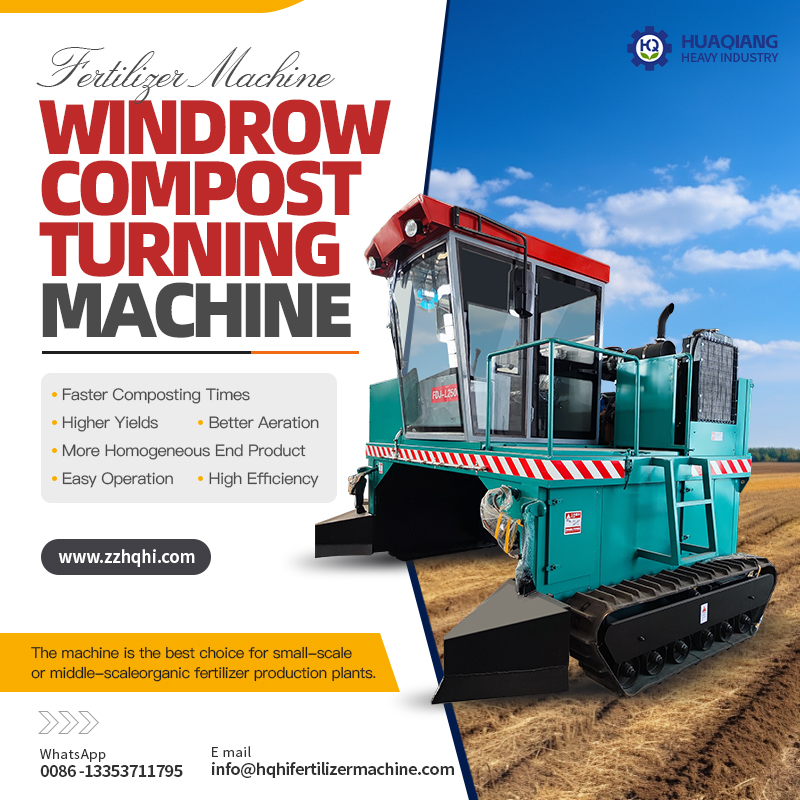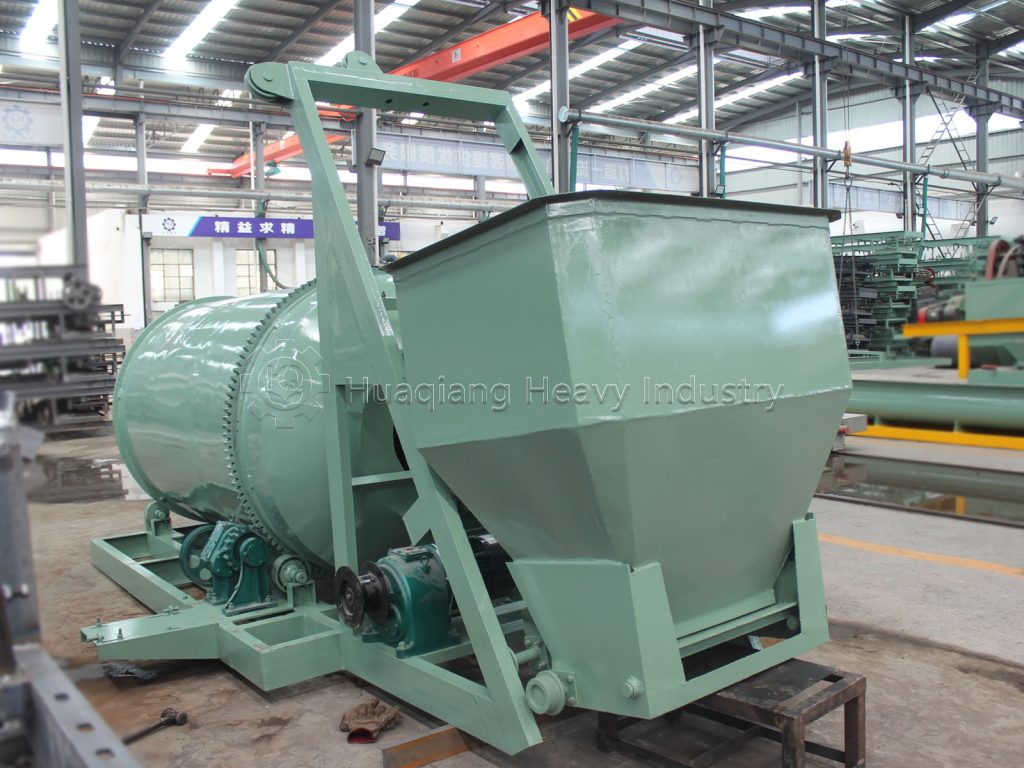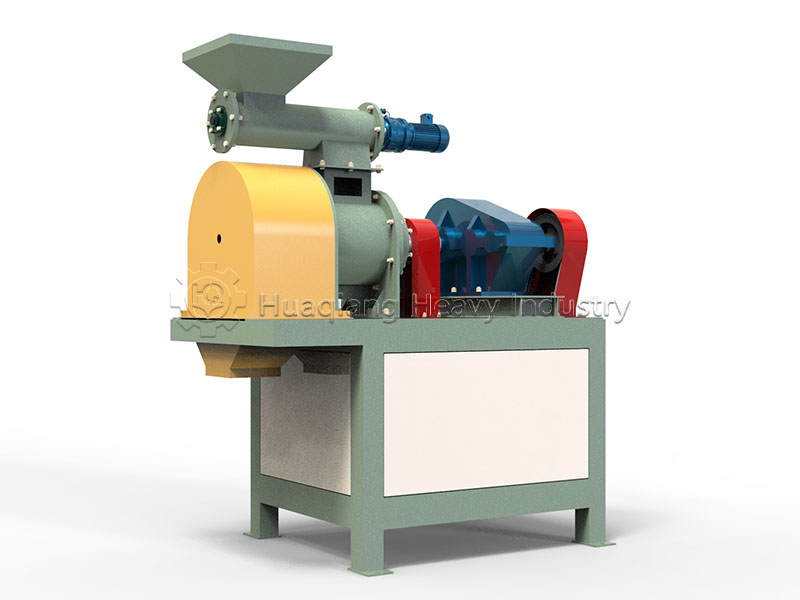A windrow compost turning machine isn’t a one-size-fits-all model. Adjusting details according to the season will ensure smooth fermentation of your organic fertilizer.
Spring’s high humidity and fluctuating temperatures can easily lead to a musty odor in the compost. When using a compost turner, increase the frequency of turning the compost. Instead of turning every two days, turn every 1.5 days in spring. Loosen the compost to allow moisture to escape, and monitor the temperature. If the temperature is below 50°C, slow the compost turner’s speed to allow for a more thorough turning, allowing microbial activity to raise the temperature.

Summer temperatures are high, and the compost easily overheats (over 70°C kills beneficial bacteria). Reduce the depth of each turning to avoid bringing all the hot material below to the surface. Turn the compost once a day. Sprinkle a thin layer of soil on the surface after each turning to provide shade and reduce temperatures while preventing rapid evaporation.
Autumn is dry, and the pile is prone to dehydration and cracking. Use a windrow compost turning machine with an atomizer, spraying small amounts of water as you turn to maintain a humidity level of 50%-60%. Slow the turning speed to allow the water and raw materials to mix thoroughly and avoid patches of dryness or wetness.
Winter is cold, and the pile struggles to heat up. Reduce turning frequency to once every three days, avoiding frequent turning to disperse heat. When turning, pile the pile higher (1.2-1.5 meters). Try turning the cold material in the center with the windrow compost turning machine, covering the hot material on the outside to help retain heat and ferment.

